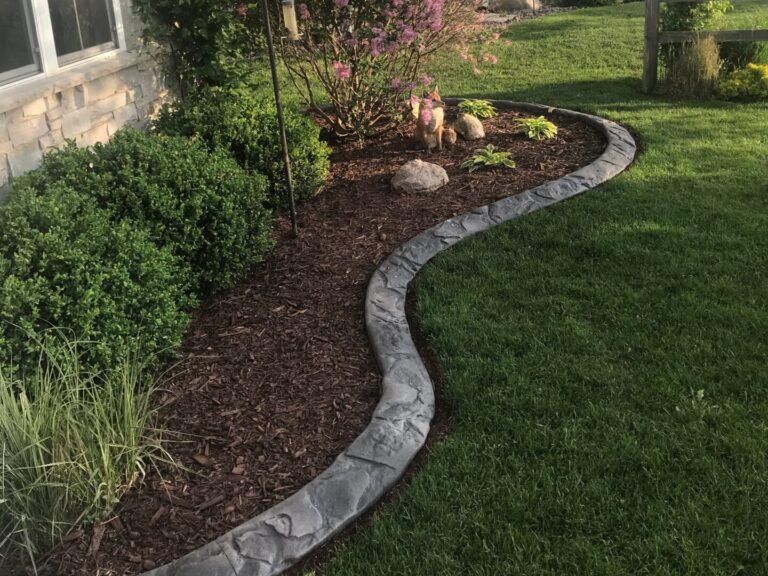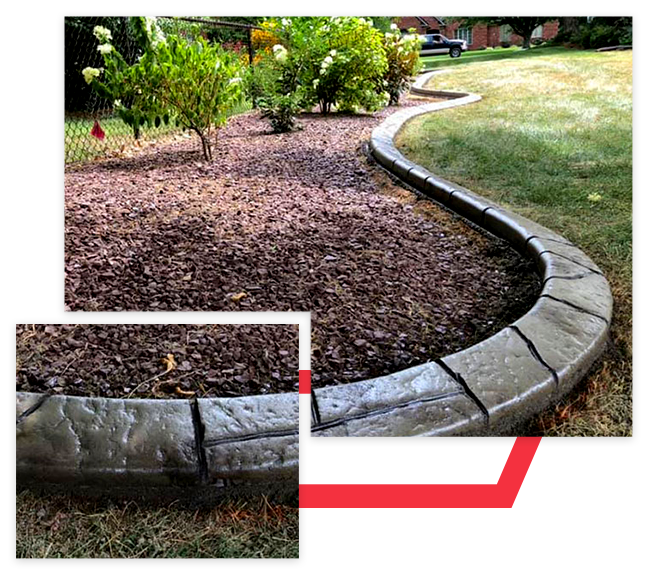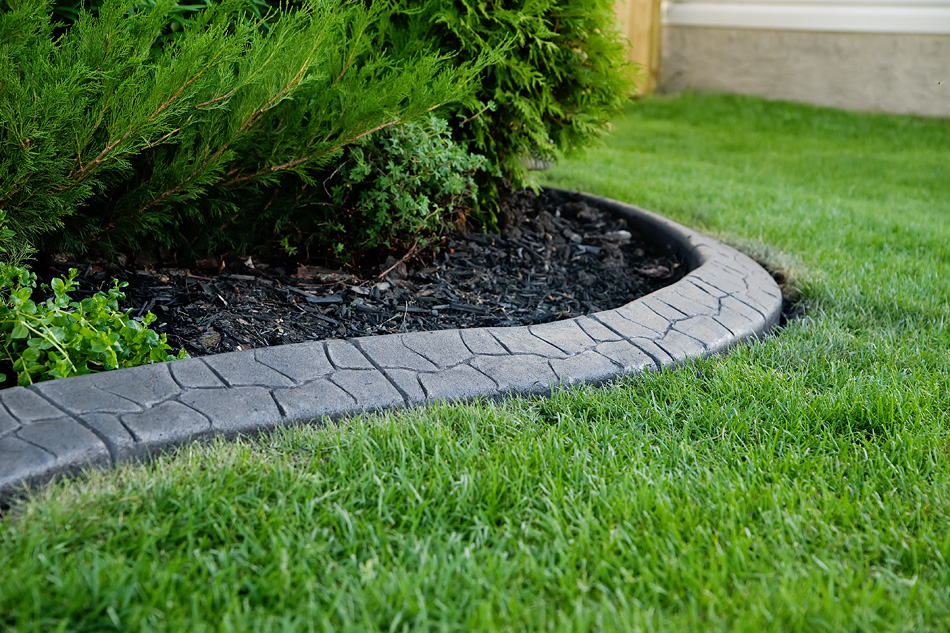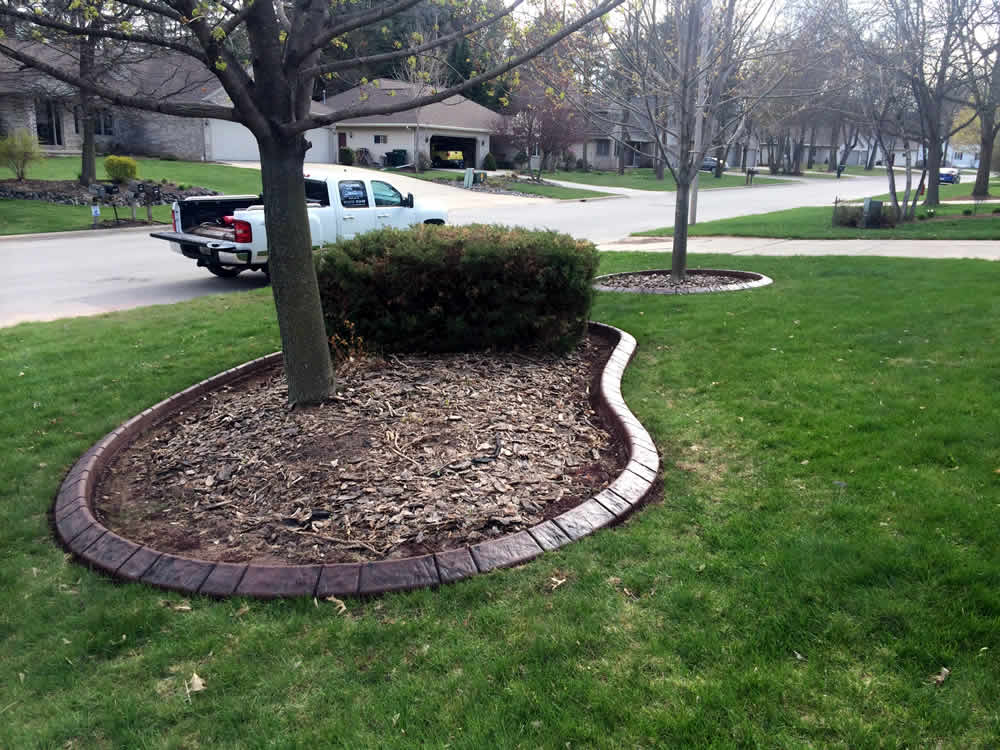What is Decorative Concrete Curbing?
Decorative concrete curbing is a popular landscaping feature that combines functionality with beauty. It involves creating a continuous form of concrete that serves as a barrier or border for gardens, driveways, and walkways. This method not only enhances the visual appeal of your property but also offers practical benefits.
Why Choose Decorative Concrete Curbing?
There are several reasons why homeowners opt for decorative concrete curbing:
- Durability: Concrete is long-lasting and can withstand various weather conditions.
- Low Maintenance: Unlike wood or plastic, concrete doesn’t rot or fade.
- Versatility: It can be molded into various shapes, colors, and textures to match your landscaping style.
- Cost-Effective: While the initial investment may be higher, the longevity of concrete makes it cost-effective over time.
Types of Decorative Concrete Curbing
When considering decorative concrete curbing, it’s important to know the different types available. Here are some popular styles:
1. Standard Curbing
This is the most basic form, often used to delineate garden beds and driveways.
2. Stamped Concrete Curbing
This type mimics the look of stone, brick, or tile and adds a decorative element to your landscape.

3. Colored Concrete Curbing
With a variety of colors available, colored concrete can complement existing structures and landscapes.
4. Exposed Aggregate Curbing
This style features decorative stones embedded in the surface, offering a rugged yet elegant appearance.

How to Choose Decorative Concrete Curbing Near Me
When searching for decorative concrete curbing in your area, consider the following:
1. Local Suppliers and Installers
Search for local suppliers who provide both materials and installation services. Check their reviews and portfolio.
2. Available Styles
Ensure that the company offers a variety of styles and customization options to suit your aesthetic preferences.

3. Cost Estimates
Gather quotes from multiple providers to find a balance between quality and affordability.
Cost of Decorative Concrete Curbing
Understanding the costs involved is crucial. Here’s a breakdown of expected expenses:
| Type of Curbing | Cost per Linear Foot | Installation Cost |
|---|---|---|
| Standard Curbing | $5 – $10 | $3 – $6 |
| Stamped Curbing | $10 – $15 | $5 – $10 |
| Colored Curbing | $8 – $12 | $4 – $8 |
| Exposed Aggregate Curbing | $12 – $20 | $6 – $12 |

Pros and Cons of Decorative Concrete Curbing
As with any landscaping decision, there are pros and cons to consider:
Pros
- Enhances property value
- Provides a neat and tidy appearance
- Limits soil erosion and weed growth
Cons
- Higher upfront cost compared to some alternatives
- Requires professional installation for best results
- Potential for cracking if not installed properly

Personal Experience with Decorative Concrete Curbing
When I first decided to install decorative concrete curbing around my garden, I was a bit overwhelmed by the options available. After doing thorough research, I opted for stamped concrete. The installation process was smooth, and I worked closely with the professionals who guided me on color choices and design. The end result transformed my garden into a beautiful focal point and added a touch of elegance to my outdoor space.
FAQ about Decorative Concrete Curbing
1. How long does decorative concrete curbing last?
With proper installation and maintenance, decorative concrete curbing can last for decades.

2. Is decorative concrete curbing weather resistant?
Yes, concrete is naturally resistant to weather elements, but proper sealing is recommended to enhance durability.
3. Can I install decorative concrete curbing myself?
While DIY is an option, it is advisable to hire professionals to ensure the best results due to the technical nature of the installation.
4. What colors are available for decorative concrete curbing?
There are a wide range of colors available, and you can often customize them to match your home and landscape.
5. How is decorative concrete curbing maintained?
Regular cleaning and resealing every few years can help maintain the appearance and longevity of your curb.